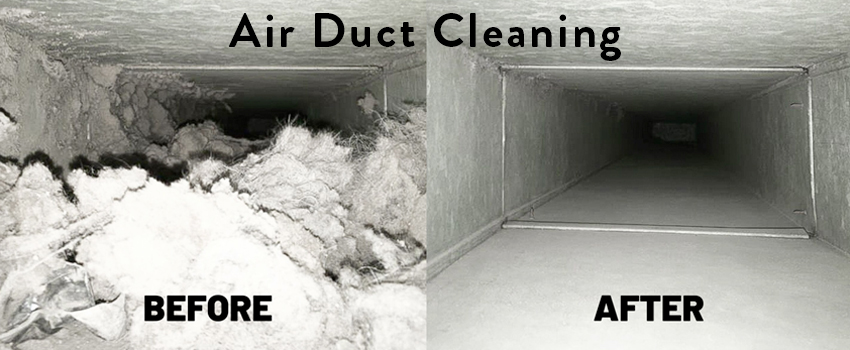A ductless air conditioner system, also known as a mini-split system, is an efficient and flexible solution for cooling (and often heating) spaces without the need for extensive ductwork. Here’s how CVAC (Commercial and Residential Heating, Ventilation, and Air Conditioning) services can efficiently provide and install ductless air conditioner systems:
Key Components of Ductless Air Conditioners
Outdoor Unit: This contains the compressor, condenser, and expansion valve.
Indoor Unit: This includes the evaporator coil and blower.
Refrigerant Lines: These connect the indoor and outdoor units, carrying the refrigerant between them.
Remote Control/Thermostat: For controlling the system.
Efficiency and Benefits
Energy Efficiency: Ductless systems are highly energy-efficient because they avoid the energy losses associated with ductwork.
Zoned Cooling: They allow for individual zoning, enabling users to cool specific areas as needed, which can significantly reduce energy consumption.
Easy Installation: Without the need for ductwork, installation is quicker and less invasive.
Flexibility: These systems can be used in a variety of applications, including new constructions, retrofits, and additions to existing structures.
Improved Air Quality: Ductless systems have multi-stage filtration, reducing dust, bacteria, pollen, and other allergens.
How can ductless air conditioning systems benefit my commercial property in terms of cost-effectiveness and customization options?
Ductless air conditioning systems offer significant cost-effectiveness for commercial properties due:
– to their energy efficiency and zoning capabilities. By allowing for individual temperature control in different zones,
– ductless systems can help reduce energy waste by only cooling occupied areas, leading to lower utility bills.
the modular nature of ductless units makes them easy to install and maintain, saving on upfront costs and long-term expenses. Furthermore, the customization options of ductless systems enable businesses to tailor their cooling solutions to specific needs, such as creating different temperature zones for various departments or adjusting settings based on occupancy levels. This flexibility not only enhances comfort but also contributes to overall cost savings and operational efficiency for commercial properties.






